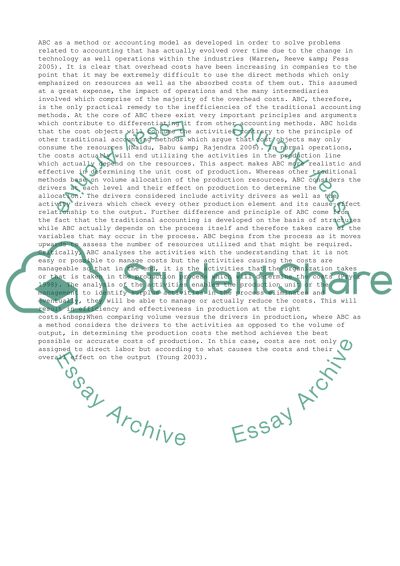Cite this document
(“Cost of Production - Larson & Larson Company Assignment”, n.d.)
Retrieved from https://studentshare.org/business/1392981-faculty-of-business-environment-and-society
Retrieved from https://studentshare.org/business/1392981-faculty-of-business-environment-and-society
(Cost of Production - Larson & Larson Company Assignment)
https://studentshare.org/business/1392981-faculty-of-business-environment-and-society.
https://studentshare.org/business/1392981-faculty-of-business-environment-and-society.
“Cost of Production - Larson & Larson Company Assignment”, n.d. https://studentshare.org/business/1392981-faculty-of-business-environment-and-society.


